Read more about the services ALSO offers to people with intellectual and developmental disabilities.
Read more about the services ALSO offers to people with intellectual and developmental disabilities.
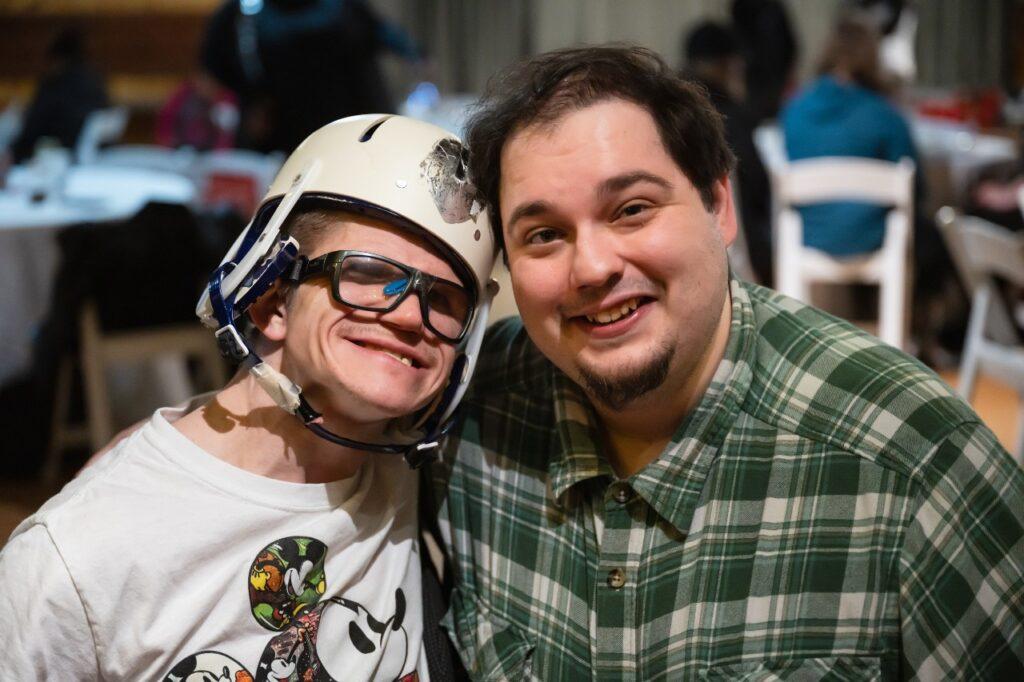
We open our discussion about full community inclusion with powerful words from Sara Minkara, Special Advisor on International Disability Rights.
“Making this world – the system, society – accessible for persons with disability is not an add-on, and it’s not just the right thing to do, it brings value to all of us.” [paragraph 9] [1]
These are facts that are consistently emphasized by the disability community, as well as disability rights advocates, family members, and friends. Full community inclusion has been strongly emphasized by ALSO, one of Oregon’s premier providers of support services for people with intellectual and developmental disabilities (I/DD).
Let’s learn more about what full community inclusion really looks like, how it benefits the whole of society, and how we can work together to achieve this goal.
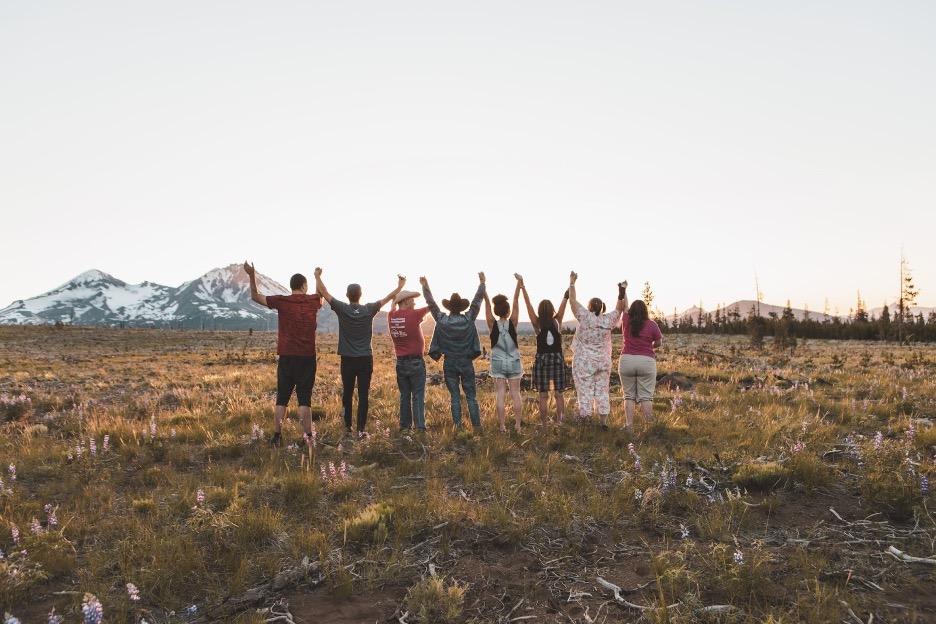
In learning about what full community inclusion really is, let’s broaden our lens beyond people with disabilities. This will help us to personally understand what it would feel like if we were treated unfairly because of, say, our gender, sexual identity, religion, race, national origin, or anything else that helps us identify who we are.
In such cases, we would expect any democratic and fully inclusive society [2] to do the following:
The same rights exist when it comes to inclusion of people with disabilities.[3] This means equal opportunity in life roles such as student, employee, community member, partner, and parent.
In community inclusion, no one is left out of community life, equal employment opportunities, or access to community resources. To date, our societies (neither nationally nor internationally) have not accomplished this achievement. Still, this is the attainable vision we work toward—especially at ALSO. Let’s check out some real-world examples:
Federal laws such as The Americans with Disabilities Act (ADA) and the Individuals with Disabilities Education Act (IDEA) initiated major improvements in the rights of persons with disabilities. Even so, there are still plenty of challenges to overcome.
For example, a 2020/2021 survey revealed [5] that only 3.2% of 18–25 year-olds with I/DD were enrolled in colleges or universities. Also, people with I/DD continue to experience far greater unemployment and underemployment than their counterparts without I/DD.[6] Research has indicated that 29% of working-age Americans (ages 16-64) with disabilities are part of the workforce, compared with 79% without disabilities.[7]
In the area of social isolation, persons with I/DD report higher levels of loneliness. In fact, 85% feel lonely on most days.[8]
The current housing crisis has had a major effect on choices for independent living for people with I/DD. Even those who are capable of living on their own must live with family members due to the lack of affordable housing and limited finances. If the person with I/DD lives with older adults (over 60), there will undoubtedly be a point at which they will no longer be able to provide support.
So, we need to target the root causes of this tendency towards inequality and limited community participation. The Centers for Disease Control and Prevention outlines several barriers to disability inclusion. These barriers also have a negative impact on health conditions. [9]
Special Advisor Minkara points to another underlying barrier – that people with disabilities play a minimal part in the democratic process [10] regarding disability-inclusive decisions. Often, she says, “disability rights are an add-on, rather than a fundamental aspect of human rights.”
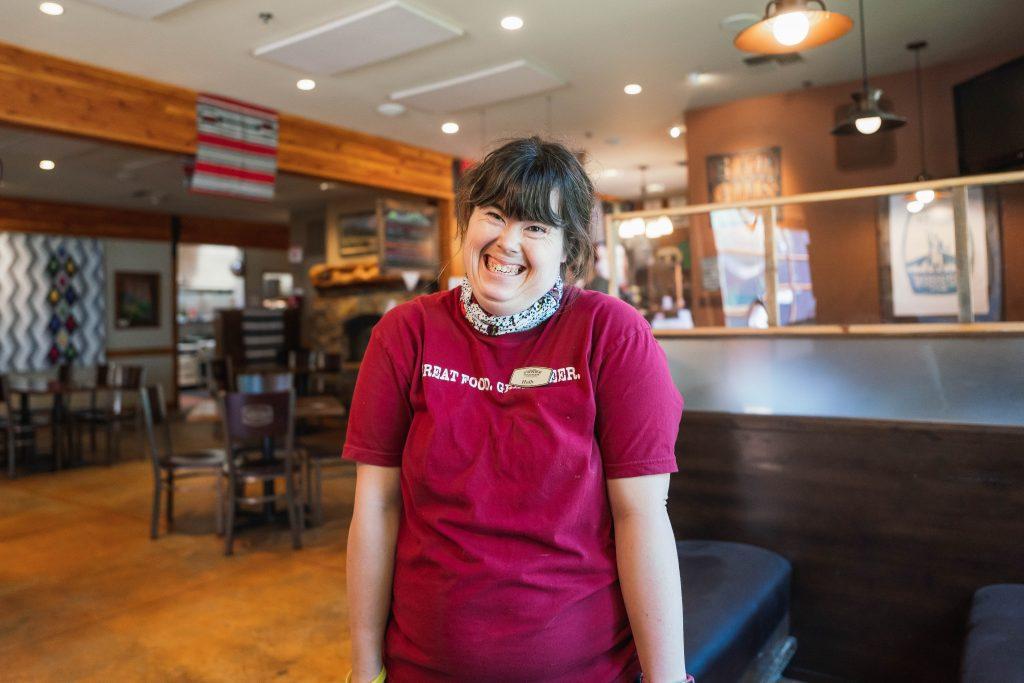
At ALSO, we’ve witnessed the major benefits of changing the narrative regarding people with disabilities in our societies.
LEARN MORE: The Positive Impact of People with Disabilities on Communities.
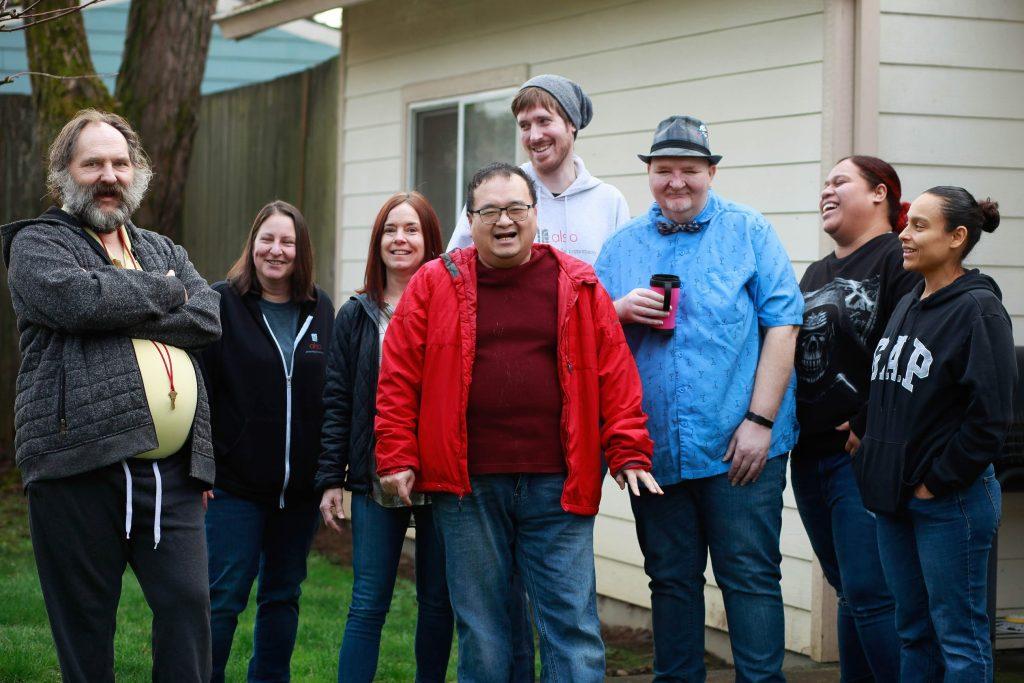
Service providers, disability advocates and self-advocates, health and disability organizations, and government officials must work together to achieve full community inclusion. In this section, we highlight several well-accepted strategies:
The terms ‘community inclusion’ and ‘community integration’ are often used interchangeably. According to many advocates, integration means incorporating people into various groups, but still treating them differently, or even separating them from others. Inclusion takes the whole issue of diversity several steps further. It’s an acknowledgment that minority groups, whether via gender, race, culture, disabilities, deserve the same rights, access, and choices as everyone else. Inclusion is therefore a universal human right. [11]
The most important preliminary step in achieving any community goal is to become intimately familiar with the community itself, [12] and, of course, its members. We encourage multiple consensus-building meetings that include brainstorming, focus groups, and individual interviews.
Since the goal concerns persons with disabilities, they should be at the center of all discussions. Not only do our community members with disabilities have personal knowledge regarding their abilities and needs, but they will also be proud to contribute solutions.
Taking the time to learn from others with specific expertise in disability is critical. This includes the following:
LEARN MORE: How Can I Support a Family Member or Friend with a Disability?
Each community will have a different set of resources and assets.[13] For example, a downtown, urban community might have resources to begin a program that creates greater opportunity for inclusive employment. This same town may have more difficulty with affordable housing that accommodates the needs of people with physical disabilities.
Remember that your most important resources are people with disabilities. They will be able to contribute excellent ideas and propose many innovative solutions to challenges.
Success in your action plan requires collaborative partnerships[14] with several community groups, such as:
Individuals in these groups are extremely valuable in tasks such as grant writing, financial assistance, goal-setting, and problem-solving.
If you’re interested in reaching out to government officials, here is a link for finding your representative today.
LEARN MORE: How to Promote Community Inclusion for Persons with Disabilities
An important way to get the word out and gain support is to educate the community.[15] Many people may not realize how many types of disabilities there are. You can also clarify many assumptions about disability. For example, having cerebral palsy doesn’t always mean having an intellectual disability. It’s a great way to have dialogue on issues like the importance of social inclusion, affordable housing, or the value of community-based services.
Community education doesn’t need to be in person. You can communicate through newsletters, press releases, and social media.
In the desire to address pressing disability issues such as affordable housing, health care, and inclusive employment, we might push aside the need to just have fun. Making our parks, playgrounds, and walking paths disability accessible[16] is a great way to facilitate diversity. It’s also a major factor in helping those with all ability levels practice a healthy lifestyle. Everyone likes to (and needs) play!
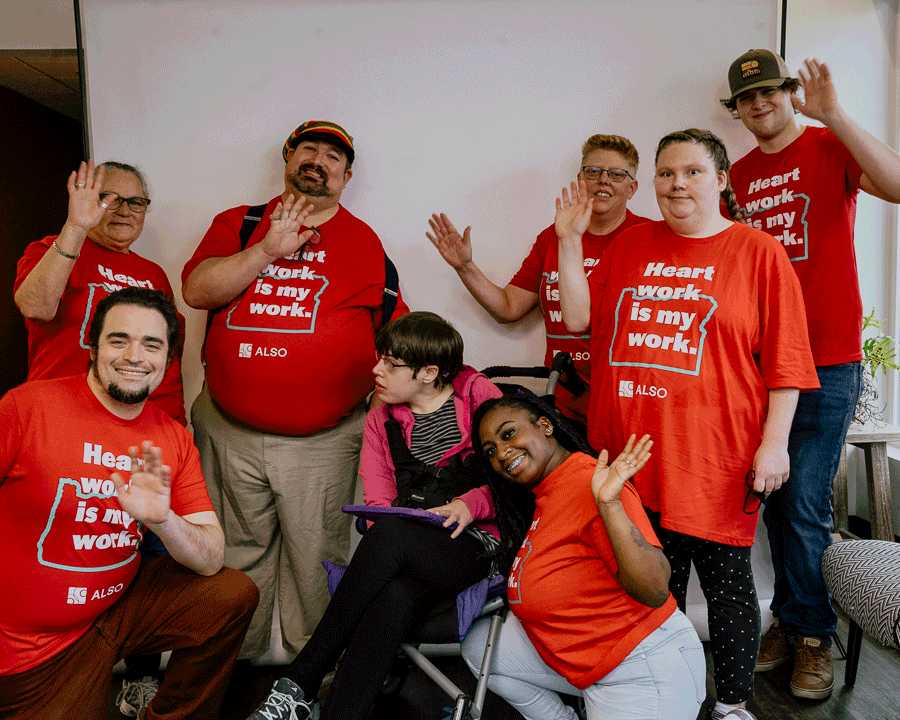
The ALSO Team nurtures each person’s gifts with person-centered planning in life-long disability supports and services, including:
We’re devoted to helping those we support achieve their desired goals as neighbors, friends, students, and valued members of their community.
We encourage you to consider how you can foster true inclusion in your community. We know it takes a team effort, with a collaborative spirit that includes everyone, including:
When it comes to embracing diversity, we can all be valued advocates for change, progress, and vibrant communities. Please call us or send us an email at any time. We would love to hear from you!
Portland: (503) 489-6565; info@alsoweb.org
Central, Eastern, and Southern Oregon: (541) 410-0317; centraloregon@alsoweb.org

Sign up for our newsletter to get our latest news, content, and job opportunities.
Help us ensure that everyone has the same opportunities in their home, workplace and community. Let’s make dreams!
